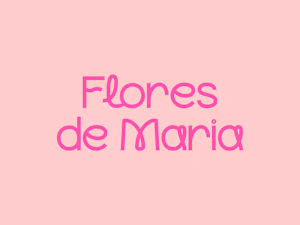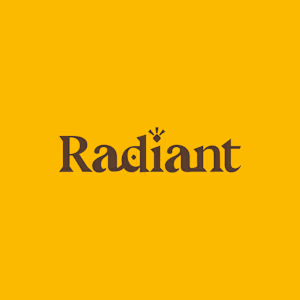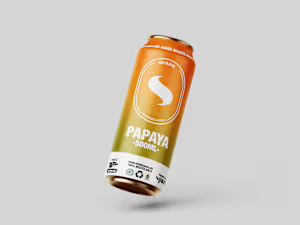Brand-identity creation
Starting at
$
2,000
About this service
Summary
What's included
Brand Story
The beginning: The beginning of your brand story will introduce your brand and its founder. It should also explain why you started your business and what you hope to achieve. The middle: The middle of your brand story will focus on the challenges and successes that you have faced along the way. It should also highlight your unique selling proposition (USP) and what makes your brand different from the competition. The end: The end of your brand story will leave your audience feeling inspired and motivated. It should also call them to action, whether that is to buy your product, sign up for your newsletter, or follow you on social media.
Brand Personality
Brand personality is the soul of a brand. It's the set of human characteristics that we associate with a brand, such as its values, beliefs, and personality traits. Just like people, brands have different personalities. Some brands are bold and adventurous, while others are more sophisticated and reserved. Some brands are friendly and approachable, while others are more serious and professional. A strong brand personality can help a brand stand out from the competition and connect with customers on an emotional level. When customers feel like they can relate to a brand's personality, they're more likely to be loyal to that brand. For example, Apple is known for its innovative and stylish products. The company's brand personality is often described as being "cool" and "trendy." This personality appeals to a certain type of customer who values those qualities. Nike is known for its athletic products and its "Just Do It" slogan. The company's brand personality is often described as being "inspiring" and "motivating." This personality appeals to a different type of customer who values those qualities. It's important to think about the type of customer you want to attract. What are their values? What are their beliefs? What are their personality traits? Once you know who you're targeting, you can start to develop a brand personality that will resonate with them. Remember, a brand personality is not just about words. It's about creating a whole experience that embodies the brand's personality. This includes everything from the brand's logo and marketing materials to its customer service interactions. A strong brand personality can be a powerful tool for building a successful business.
Visual Identity
Logos, Colours, Typography, Patterns, Layout, Icons, Illustrations
Style Guide
A style guide is the personality of your brand in written form. It's the set of rules and guidelines that govern how your brand communicates, both verbally and visually. Just like a person's personality, a style guide should be consistent, clear, and concise. It should also be relevant to your brand's target audience and its overall positioning. A good style guide will help you create a consistent and professional impression across all your marketing materials, from your website and social media posts to your email marketing campaigns and customer service communications. Here are some of the things that a style guide could cover depending on your brand: Typography: The fonts, font sizes, and line spacing that you use. Color palette: The colours that you use in your branding. Imagery: The types of images that you use. Grammar and punctuation: The rules that you follow for grammar and punctuation. Voice and tone: The way that you write and speak about your brand. Brand assets: The logos, taglines, and other visual assets that you use. Remember, a style guide is not just a set of rules. It's a living document that should be updated as your brand evolves. By keeping your style guide up-to-date, you can ensure that your brand always communicates in a consistent and professional way.
Services/Products
Product mockups are the way to bring your product to life before it even exists. They're a visual representation of your product that can be used to get feedback from potential customers, test different designs, and finalize the look and feel of your product. Just like a sculptor uses clay to create a model of their sculpture before they start carving the final product, product mockups allow you to create a realistic representation of your product without having to actually build it.
Communication Style
The best communication style for a particular brand will depend on the brand's personality, its target audience, and its overall positioning. For example, an authentic brand like Patagonia might use a communication style that is honest and transparent. They might tell stories about their products and how they are made. A humorous brand like Wendy's might use a communication style that is funny and engaging. They might make jokes about their competitors or their own products. No matter what communication style a brand chooses, it is important to be consistent. Customers should be able to expect a certain level of communication from a brand every time they interact with it.
Example projects
Duration
4-6 Weeks
Skills and tools
Brand Design
Logo Designer
Packaging Designer

Adobe Illustrator

Adobe Photoshop

Procreate



